
21 Days

Kyrgyzstan

Moderate

7,134 m

AUD 8,690
At an impressive 7,134 meters, Lenin Peak rises as one of the most awe-inspiring mountains in the Pamir Range of Central Asia, standing proudly between Kyrgyzstan and Tajikistan. With its breathtaking beauty and rich history, it is one of the most coveted peaks for climbers worldwide. Named after Soviet leader Vladimir Lenin, the peak is steeped in the legacy of the Soviet era, offering more than just a climb—it is a journey through time and nature’s finest landscapes.
The Lenin Peak Expedition is a once-in-a-lifetime challenge that takes you through some of the most remote and jaw-dropping terrain in Central Asia. Your adventure begins at the base camp in Kyrgyzstan, easily reachable via a scenic drive from Bishkek. From there, you will embark on a rigorous trek, crossing high-altitude passes, navigating glaciers, and battling steep ascents—all leading to the summit of this mighty peak.
Although the climb is not technically difficult, it is a test of physical endurance and stamina, requiring previous high-altitude experience. With over three weeks of climbing, acclimatization, and rest, it is an expedition that pushes you to your limits—and rewards you with unrivalled views of the Pamir Mountains and the sense of accomplishment that only a true mountaineer understands.
The best time to take on Lenin Peak is between July and September, when the weather is at its most stable and conditions are ideal for summit success. This is the perfect opportunity to explore the untouched wilderness of the Pamir Mountains, surrounded by towering peaks, expansive glaciers, and stunning alpine scenery that will leave you speechless.
Ready to take on this extraordinary challenge? Let us plan your adventure and help you conquer Lenin Peak!
Upon your arrival at Tribhuvan International Airport in Kathmandu, our representative will warmly welcome you and transfer you to your hotel. After settling in and resting from your journey, you’ll meet your trekking guide for a comprehensive trek briefing. Following this, you can immerse yourself in the vibrant atmosphere of Kathmandu. In the evening, you’ll have time for last-minute shopping and trekking gear check with your guide.
Upon your arrival at Tribhuvan International Airport in Kathmandu, our representative will warmly welcome you and transfer you to your hotel. After settling in and resting from your journey, you’ll meet your trekking guide for a comprehensive trek briefing. Following this, you can immerse yourself in the vibrant atmosphere of Kathmandu. In the evening, you’ll have time for last-minute shopping and trekking gear check with your guide.
Ascent to Camp 1 (4,400m).
Ascent to Camp 3 (6,100m).
Descent to BC (3,600m). Rest. Climbing preparation.
Ascent to Camp 2 (5,300m).
Descent to Camp 1 (4,400m).
Descent to BC (3,600m).
Reserve day.
Transfer BC (Achik Tash) – Osh. Accommodation in a hotel.
Transfer BC (Achik Tash) – Osh. Accommodation in a hotel.
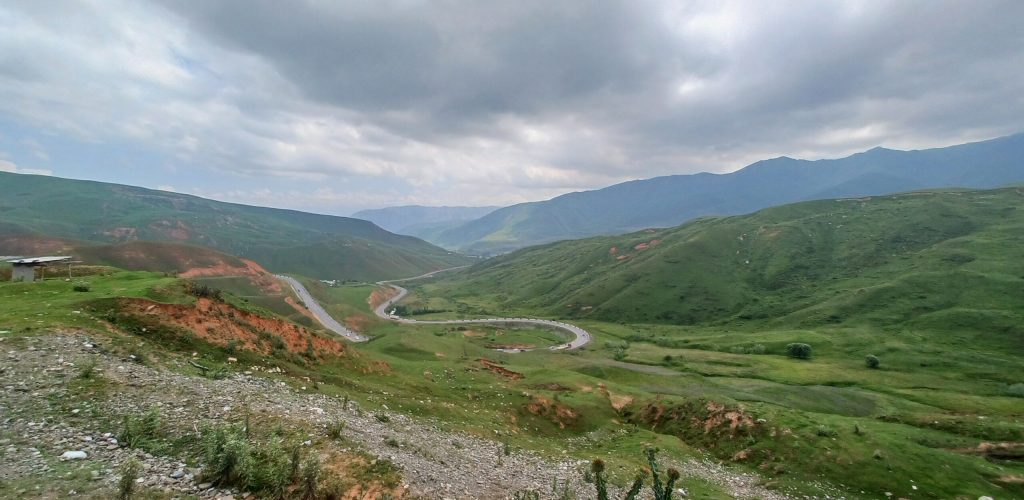
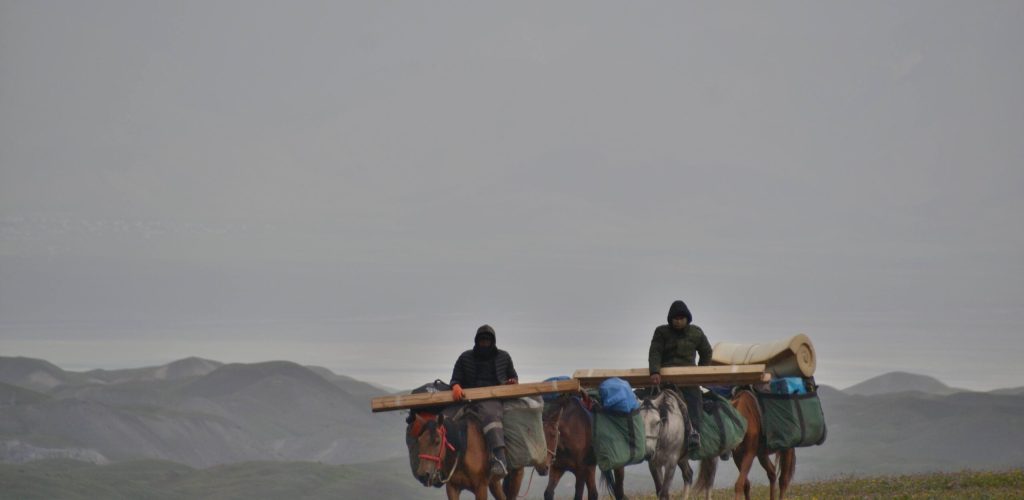
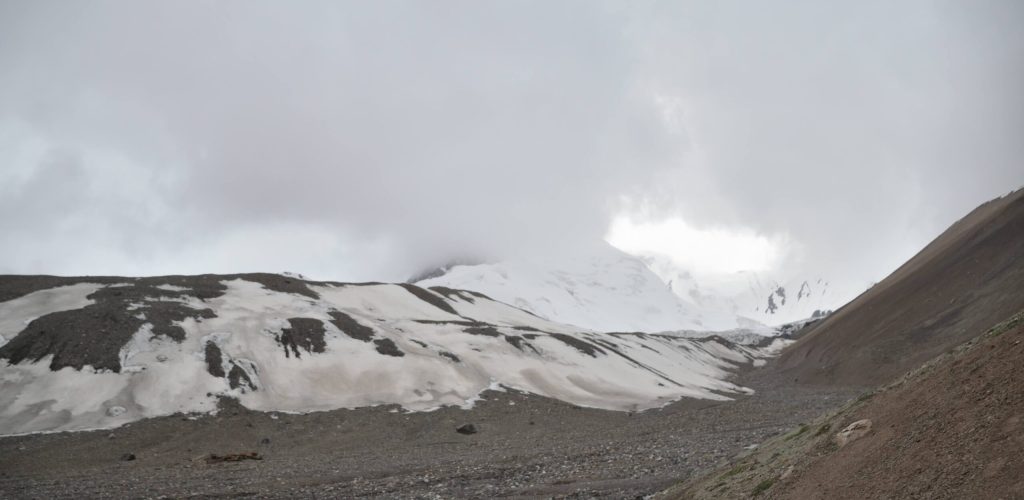
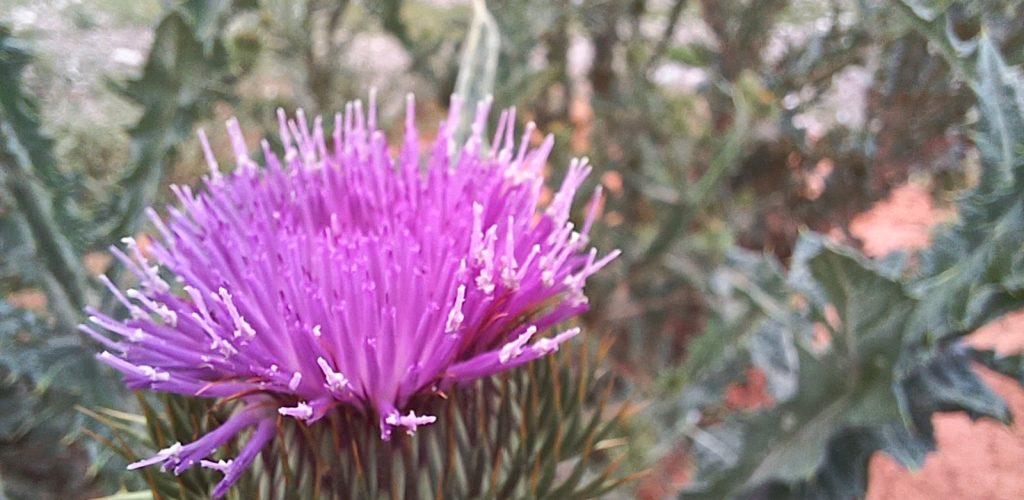
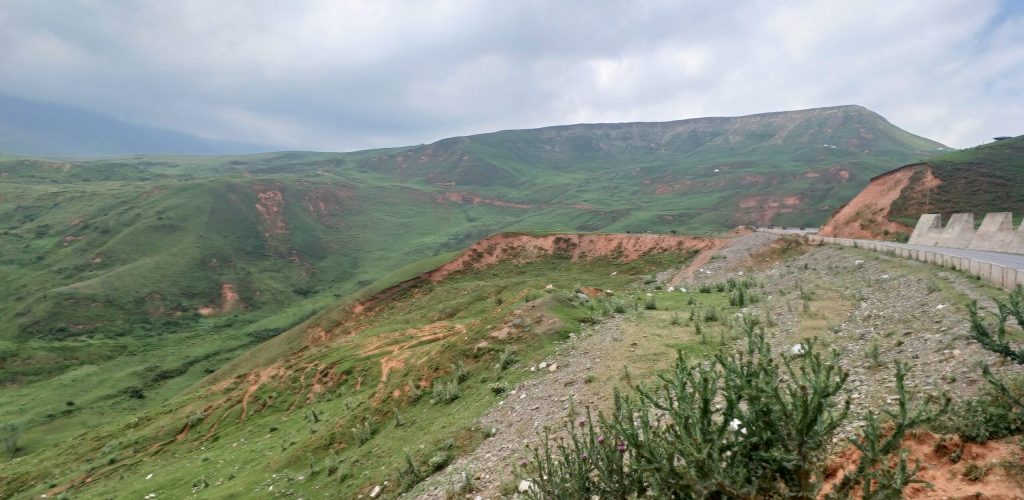
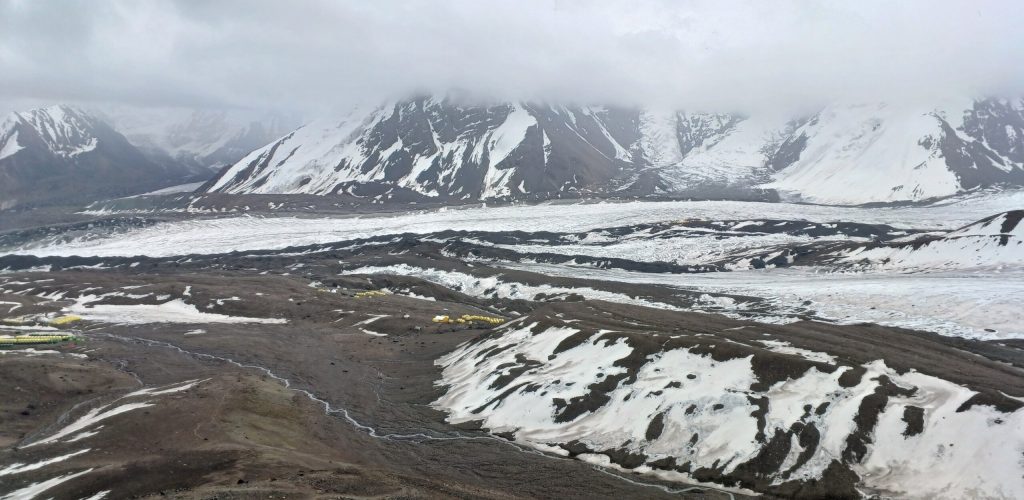

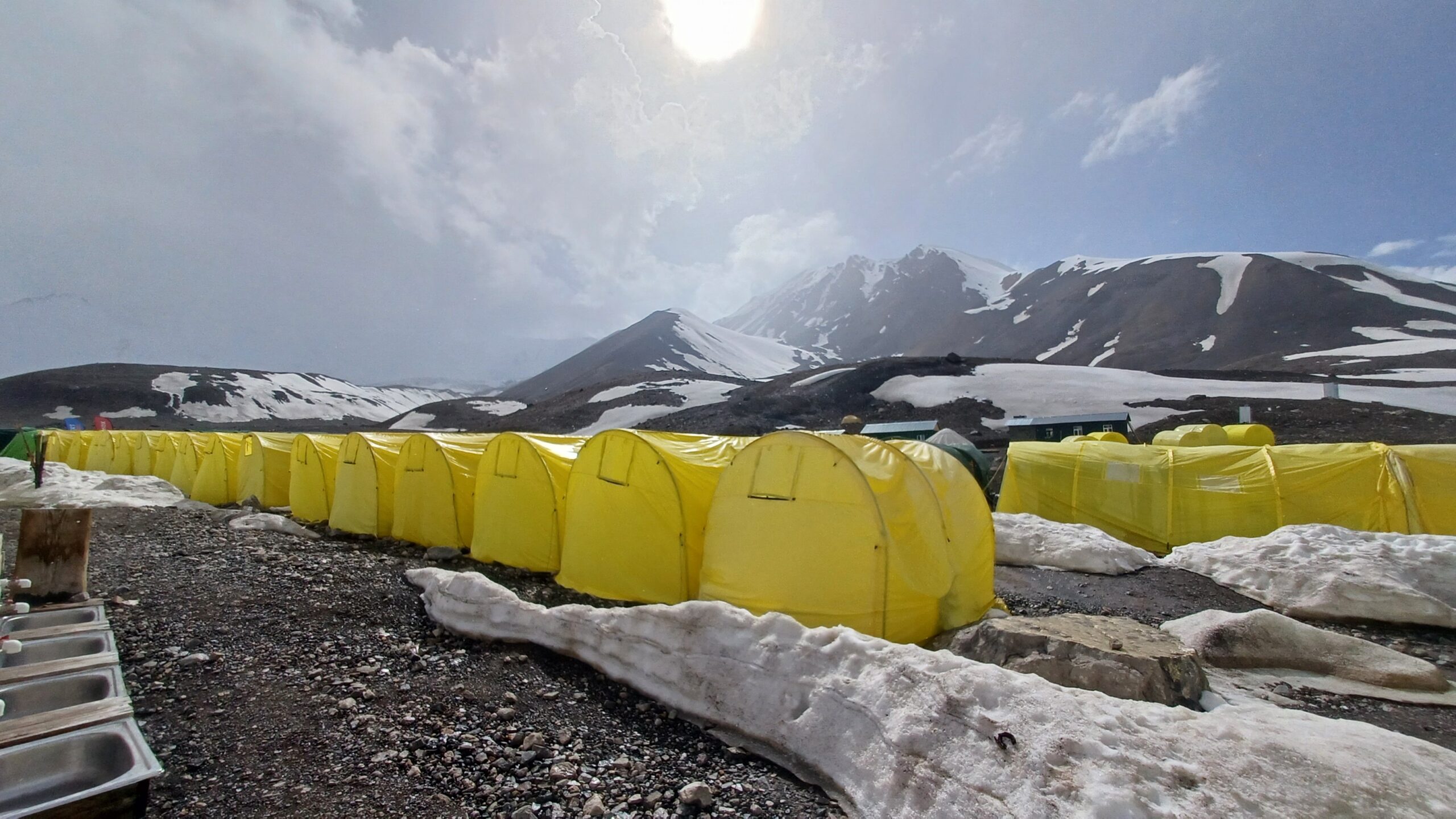
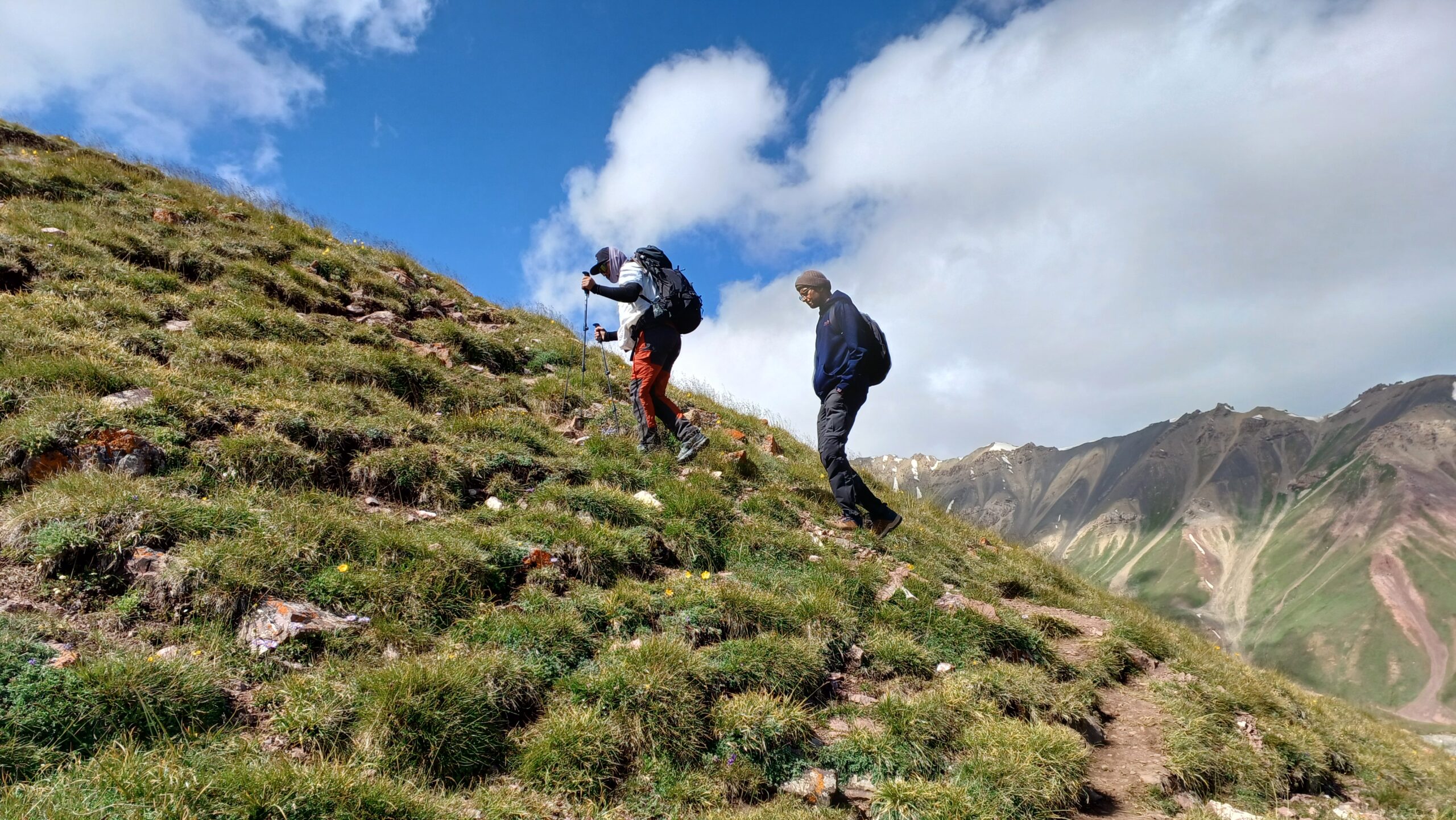
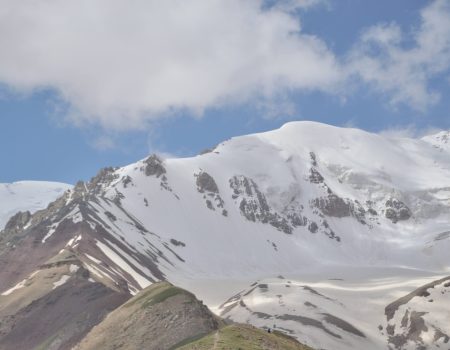
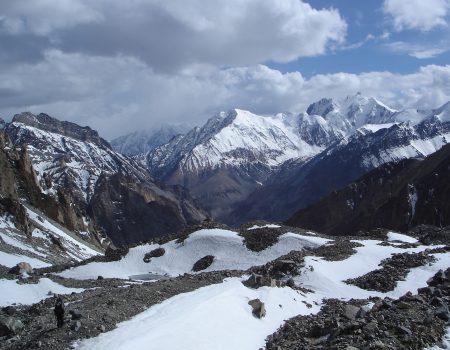
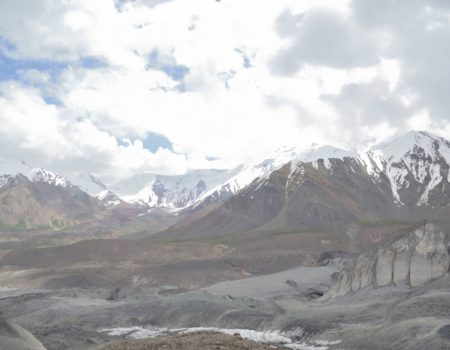
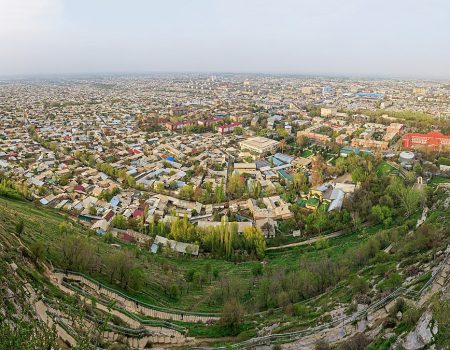
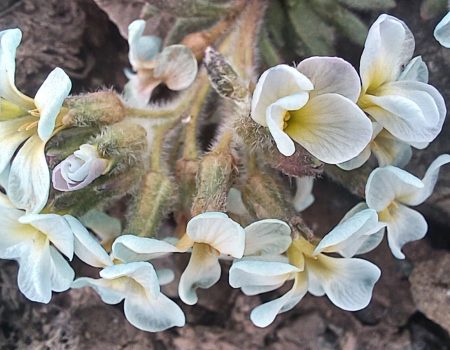
To successfully summit Lenin Peak, physical fitness and mental preparation are key. Here is a guide to help you get ready for the challenge:
By following this preparation guide and staying committed to your training, you will be in great shape to tackle Lenin Peak and conquer this incredible mountaineering challenge!

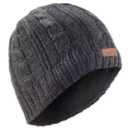



To successfully summit Lenin Peak, physical fitness and mental preparation are key. Here is a guide to help you get ready for the challenge:
By following this preparation guide and staying committed to your training, you will be in great shape to tackle Lenin Peak and conquer this incredible mountaineering challenge!
At Adventure Central, the safety and well-being of our trekkers is our utmost priority, especially for challenging adventures like the Everest Base Camp Trek. We have implemented comprehensive safety measures to ensure a secure and enjoyable experience for all participants:
By implementing these safety measures, Adventure Central is committed to providing a safe, responsible, and unforgettable trekking experience to this trek.
Discover similar treks from Boots & Crampons that quench your thirst for adventure.
We understand your pain when you have to cancel a trip for unforeseen reasons. To address this, while considering our advance arrangements, we’ve set up fair and reasonable cancellation guidelines. If you inform us about it:
A) More than 30 Days Prior to Start:
-Option for a 100% credit towards a future expedition.
-Alternatively, a 90% refund is available.
B) Between 30 to 10 Days Prior to Start:
-Eligible for a 50% refund of the total cost.
-Option to carry forward 75% of the payment towards a future expedition.
C) Less than 10 Days Prior to Start:
-A 10% refund is available under this notice period.
-Alternatively, 25% of the payment can be applied to a future expedition.
Yes, prior experience in high-altitude trekking or climbing, particularly on peaks over 5000 meters, is strongly recommended. This experience helps climbers acclimate to altitude and understand the physical and technical demands of the expedition.
Personal gear, including climbing equipment, proper clothing, and a sleeping bag, must be brought by climbers. We take care of all the other arrangements and common/camping equipment.
Climbing & Trekking Equipment like poles and gloves can be rented, but personal gear like jacket and boots are recommended for comfort and fit.
Appropriate clothing includes a base layer for moisture management, an insulation layer for warmth, and a waterproof and windproof outer layer. Additional accessories like gloves, hats, and thermal socks are essential for protection against the cold. Check out the “things to pack” section above for a complete list.
Accommodations include hotel in Kathmandu, teahouses during the trek through villages like Namche Bazaar, and camping in tents during the climb from the base camp.
Meals are included in the package and are served at teahouses or camps. The food ranges from local Nepalese dishes to more familiar Western-style meals, catering to various dietary preferences.
Clean drinking water is usually available throughout the trek. It’s often provided by the lodges or can be obtained from natural sources and treated with purification tablets or boiling.
Basic facilities are available at campsites, including dry pit toilets or portable toilets, depending on the location.
Mobile network and internet access are limited or non-existent in the region, with emergency communication usually via satellite phone.
Charging facilities are limited on the trek, so it’s advisable to bring extra batteries or portable solar chargers.
A high level of physical fitness is recommended. Participants should be able to hike for several hours a day in steep, high-altitude terrain. Pre-trip fitness training is advised to enhance endurance and strength.
It is highly recommended that climber come with a comprehensive travel insurance that covers high-altitude trekking, medical expenses, and emergency evacuation. It’s important to ensure that the policy covers the specific altitude of Ama Dablam.
The itinerary typically includes acclimatization days to adapt to higher altitudes. Guides are trained to recognize and manage altitude sickness symptoms, and descent is the immediate course of action if symptoms become severe.
Basic medical facilities and support are available at various points along the route. Guides often carry first aid kits, and larger groups may have a designated medical professional.
Expeditions are equipped with emergency evacuation plans, which may involve descent to a lower altitude, helicopter evacuation, or transport to a medical facility, depending on the severity and nature of the emergency.
Safety measures include experienced guides, use of proper equipment, adherence to established routes, and regular weather and condition assessments. Risk management protocols are strictly followed to ensure climber safety.
Climbers should be proficient in basic mountaineering skills, such as using crampons and ropes, navigating crevasses, and understanding glacier travel. These skills are crucial for safe climbing and dealing with the technical sections of the ascent.
Yes, qualified and experienced guides and instructors accompany climbers. They provide assistance with technical skills, route finding, and safety management, ensuring climbers are well-supported throughout the expedition.
During climbing seasons (spring and autumn), the weather is generally stable with less precipitation and clearer skies. However, weather in the Himalayas can be unpredictable, and climbers should be prepared for sudden changes.
Bathing is generally not recommended during the trek.
Weather plays a critical role in climbing conditions. Good weather can mean safer and more enjoyable climbs, while bad weather can lead to hazardous conditions, route changes, or delays.
We have a buffer day in our itinerary to accommodate bad weather or other unforeseen conditions. It is used to ensure the safety and success of the summit attempt.
If a climber cannot continue, the standard procedure involves safely descending with the assistance of guides. The well-being of the individual is prioritized, and decisions are made based on the severity of their condition.
We understand your pain when you have to cancel a trip for unforeseen reasons. To address this, while considering our advance arrangements, we’ve set up fair and reasonable cancellation guidelines. If you inform us about it:
-Option for a 100% credit towards a future expedition.
-Alternatively, a 90% refund is available.
-Eligible for a 50% refund of the total cost.
-Option to carry forward 75% of the payment towards a future expedition.
-A 10% refund is available under this notice period.
-Alternatively, 25% of the payment can be applied to a future expedition.
Fill your full details in the form below. We will get back to you as soon as possible.